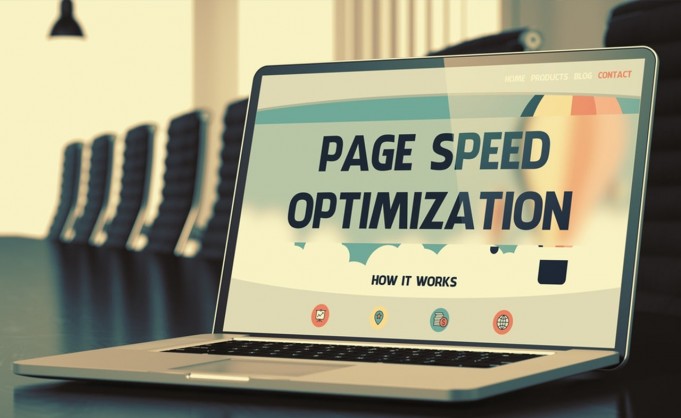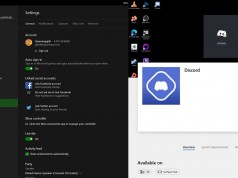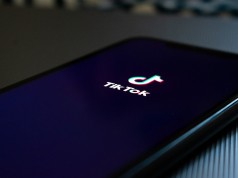Best Metrics for Page Speed Optimization
Did you know that you can lose a lot of your customers due to your website’s slow speed? A research study by Google found that if your page takes longer than 3 seconds to load on a mobile device, 50% of viewers leave your site and move on to the faster website. That’s why page speed optimization has become more critical than ever. In this article, we’ll cover some of the best metrics for page speed optimization and discuss them briefly to show how you can effectively audit your pages to improve overall speed.
1. Google Analytics
If you are a beginner and have never tracked your site before, Google Analytics can be an excellent place to start. This can help you can get an idea regarding the rises and falls in your website performance.
2. Page Load Time
Page Load Time helps you to measures the total time your website page takes to load fully. High-quality images take longer to load; otherwise, content gets loaded in just a few milliseconds, which is why viewers see most of the valuable information before load time fully completes.
3. Page Timings
The Page Timings allows admin to determine the average load times of an individual web page. The load timing list helps you to know which pages are slow. However, the list will not give you any detailed explanation of why those web pages are slow. Further, Google Analytics also has a speed suggestions tab that you can refer to for improvements.
4. Google Page Speed Insights
We have already discussed that Google Analytics does not tell you why your page speed is slow. However, Google PageSpeed Insights provides details regarding your struggling website pages and making your website slow. This tool scores your website load speed (from 0-100 where 100 is the best) for both mobile and desktop.
5. First Paint
First Paint (FP) is a header image or a background color on the page. It gives the users the impression that the page is loading faster and reduces the time they usually spend by staring at a blank screen. It can also have some effect on your bounce rate. If you learn more about FP metrics, you will come across First Contentful Paint or FCP. FCP refers to the first viable information content in the form of text or images that shows up to your audience.
6. Time to First Byte (TTFB)
Time to First Byte (TTFB) refers to the total time between entering your site URL and the first piece of data received by the user. A low TTFB is essential for the overall website speed. A poor TTFB of the website has an effect on the search ranking by Google. Ideally, your website’s TTFB should be under 200 milliseconds.
The best way to lower your TTFB is by ensuring that your website’s server code is as optimized as possible. However, content delivery networks (CDNs) are another way to put static assets geographically close to your users. CDN reduces the number of hops images and helps to send the data from your server to the end-user.









